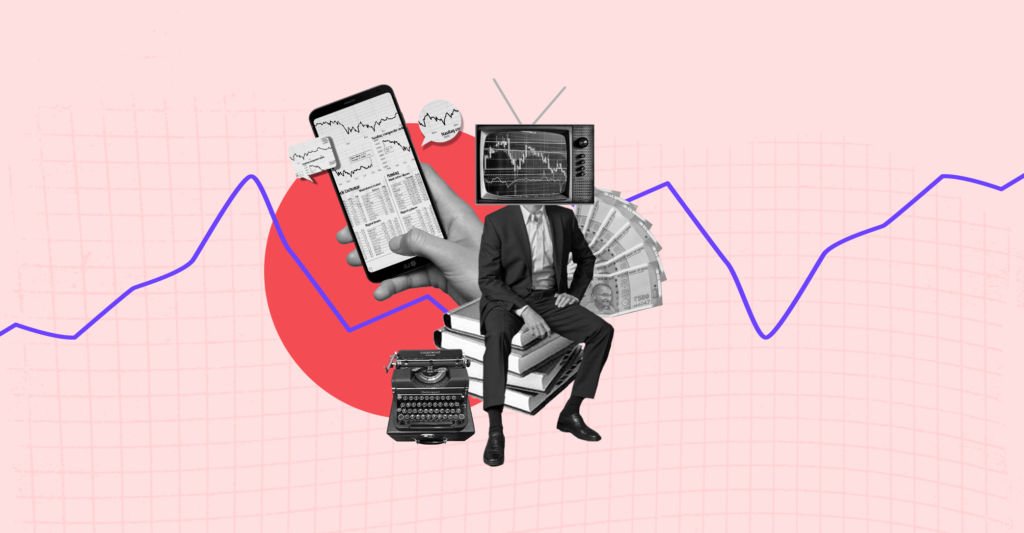Last Updated on Mar 22, 2022 by Aradhana Gotur
Hindustan Unilever fell ~4% to Rs 1,971.45 on BSE on Tuesday. The FMCG company had a disappointing last quarter, and the short term doesn’t look bright either due to the rising inflation. As per Motilal Oswal Financial Services Report, the cumulative growth of HUL’s product categories was flat, with a high single-digit decline in the volume in January-February 2021.
Table of Contents
Freefall and the triggers
Hindustan Unilever Limited has fallen 16% in a year, 29% in the last 6 mth, and 13% in the past month. As per analysts, rising oil prices due to the volatile Russia-Ukraine stand-off has triggered a heavy sell-off in HUL and other FMCG stocks.
Edelweiss reported that non-structural factors such as FII (foreign institutional investors) selling and anticipated slow down in the rural areas led to a sharp correction in Hindustan Unilever. In Q4 FY 2022, the company has taken three more rounds of price hikes, and more are expected in Q1 FY 2023. The hike in global food prices in the calendar year so far has been ~25%, which will eventually reflect in domestic prices.
Good time for accumulation
AR Ramachandran, Co-founder and Trainer, Tips2Trades, advised long-term investors to accumulate the stock in small quantities from support levels. “Stock price levels close to 1860-1900 are an excellent support base. 2110 remains a massive resistance,” he says.
Likhita Chepa, Senior Research Analyst at CapitalVia Global Research, opines that Hindustan Unilever Limited may see a further short-term correction, but the stock’s fundamentals remain strong. Therefore, accumulating the stock at the lower levels can reap good returns when demand for FMCG products picks up.
Potential upside
Motilal Oswal and Edelweiss expect a potential upside of up to 22% in Hindustan Unilever. In its Q3 FY 2022 result call, the management had announced increasing raw material pressures. The brokerage firm also added that Hindustan Unilever Limited’s earnings have underperformed in recent quarters when compared to peers due to a higher proportion of the Discretionary/OOH portfolio at 15-20% of sales. Besides, three of its largest categories—soaps, detergents, and dish wash—have seen a steep commodity cost inflation. These negatives are purported to be at play awhile, but the recovery in HUL’s growth in premium products is also expected to be delayed.
- Top Large Cap Funds 2025: Discover Blue Chip Performers - Mar 27, 2025
- Gilt Funds in India: Features, Meaning, and Advantages - Mar 13, 2025
- Best Index Funds in India 2025: Top Performing Mutual Funds - Mar 13, 2025




